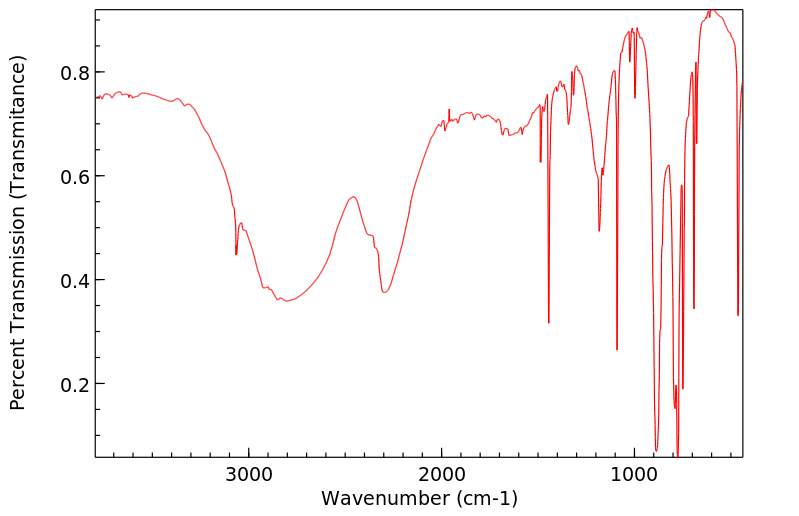代谢
砷主要通过吸入或摄入进入人体,其次是皮肤接触。进入人体后,砷会在全身分布,根据需要被还原成亚砷酸盐,然后通过亚砷酸盐甲基转移酶被甲基化成单甲基砷(MMA)和二甲基硅酸(DMA)。砷及其代谢物主要通过尿液排出体外。已知砷能诱导金属结合蛋白金属硫蛋白,金属硫蛋白通过结合砷和其他金属,使它们生物学上失活,并作为抗氧化剂,从而减少砷和其他金属的有毒效果。
Arsenic is absorbed mainly by inhalation or ingestion, as to a lesser extent, dermal exposure. It is then distributed throughout the body, where it is reduced into arsenite if necessary, then methylated into monomethylarsenic (MMA) and dimethylarsenic acid (DMA) by arsenite methyltransferase. Arsenic and its metabolites are primarily excreted in the urine. Arsenic is known to induce the metal-binding protein metallothionein, which decreases the toxic effects of arsenic and other metals by binding them and making them biologically inactive, as well as acting as an antioxidant. (L20)
来源:Toxin and Toxin Target Database (T3DB)







